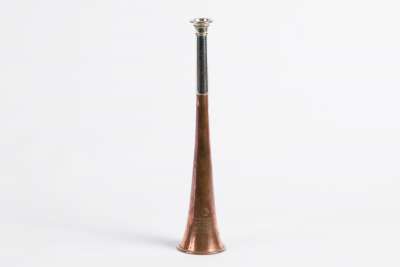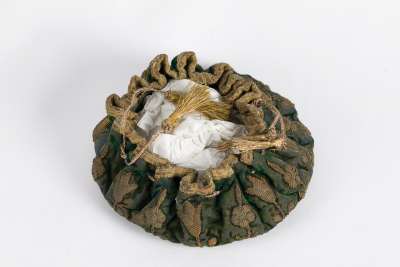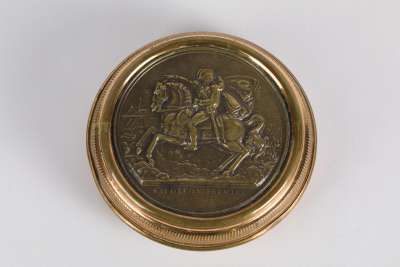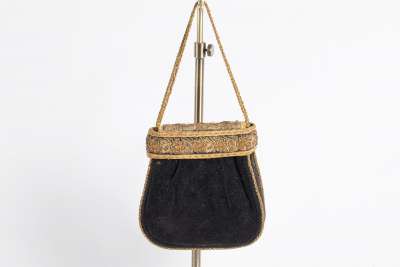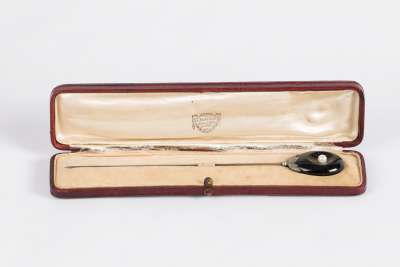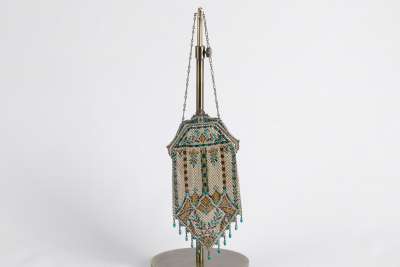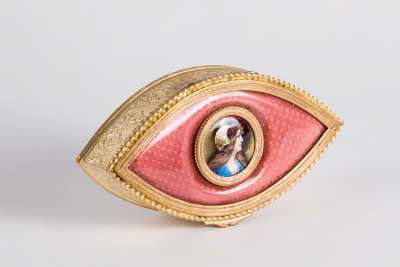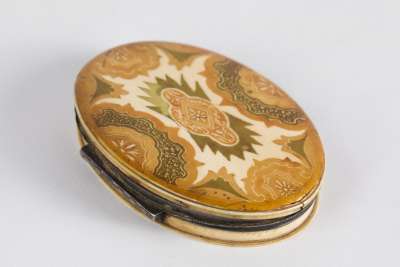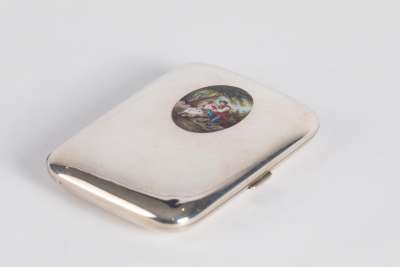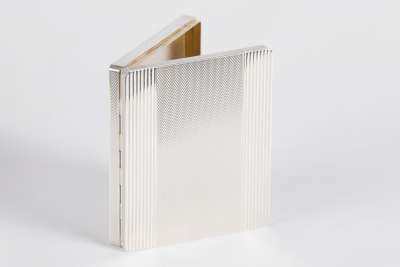This elegant piece is an Oval Curved Glass Frame featuring intricate bobbin lacework, set against a black velvet backdrop. The frame itself is expertly crafted, exhibiting a delicate curvature that enhances its visual appeal. Originating from the early 20th century, this frame showcases the meticulous craftsmanship typical of its era, likely produced in Europe, where lace-making has been a revered art form for centuries. The lace within is a testament to the intricate art of bobbin lace-making, where threads are braided and twisted over a pattern to create exquisite textile designs.
Condition Report
The Oval Curved Glass Frame is in good condition, with wear consistent with its age and historical use. The glass remains clear and intact, preserving the lacework impeccably. The frame, while showing signs of minor ageing, retains its structural integrity. The velvet background exhibits some slight fading, which is typical for a piece of this age, but it does not detract from the overall presentation. The lacework itself is preserved well, with no significant damage or fraying, allowing the intricate details to be appreciated in their entirety.
Dimensions
Weight: 1880gm, Length: 37cm, Width: 6cm, Height: 44cm.
A Decorative Frame for Showcasing Lace
This frame was originally intended to showcase the delicate artistry of bobbin lace, serving as both a protective display and an elegant decorative object. Lace frames of this nature were often used to highlight the skill and craftsmanship involved in lace-making, which was a popular hobby and profession in Europe. Such frames allowed lace-makers to present their work in a refined manner, often becoming a focal point in drawing rooms or parlours.
Victorian Era Aesthetic
The style of this frame reflects the Victorian era's fascination with ornate detailing and intricate craftsmanship. The curved glass is indicative of the period’s appreciation for innovation in form, providing both a practical and aesthetic function by reducing glare and reflections. The lacework, typical of the Victorian love for textile art, complements the frame's elegant contours, embodying the era's penchant for combining beauty with utility. This piece is a fine example of how decorative arts were integrated into everyday objects during the Victorian period.
The Craft of Bobbin Lace
Bobbin lace-making is an intricate craft that involves the braiding and twisting of threads wound on bobbins. The process is conducted over a pattern or ‘pricking’, which guides the placement of pins that hold the work in place. This frame's lacework demonstrates the skill required to produce such delicate designs, with each thread meticulously placed to create a cohesive pattern. The choice of black velvet as a background enhances the visibility of the lace, allowing the fine details to be appreciated without distraction.
Attributed to European Artisan Workshops
While the specific maker of this frame is not documented, it is likely the product of a European artisan workshop, where such items were commonly made. These workshops were known for their dedication to quality and craftsmanship, often employing skilled artisans who specialised in creating decorative frames and textile displays. The frame's design and construction reflect the techniques and materials typical of these workshops, combining functionality with artistic elegance in a manner that was highly prized during the period.
Collected by Enthusiasts of Textile Art
This type of antique is highly sought after by collectors with an interest in textile arts and Victorian-era artefacts. Collectors are drawn to the combination of skilled lace-making and the craftsmanship of the frame, which together create a piece that is not only decorative but also historically significant. Such items are appreciated for their ability to convey the artistry and cultural values of their time, making them a valuable addition to any collection focused on decorative arts or historical textiles.







